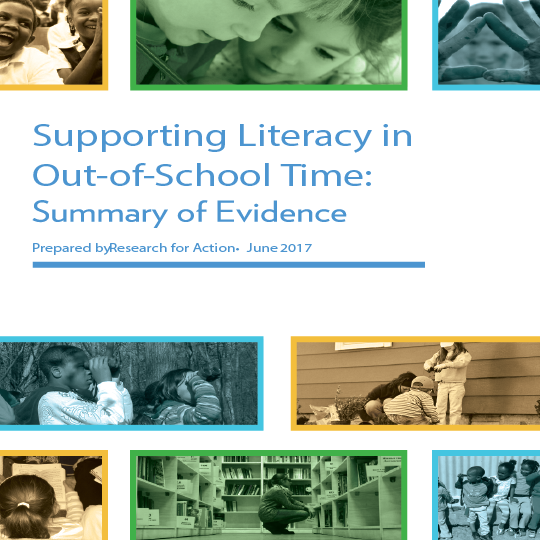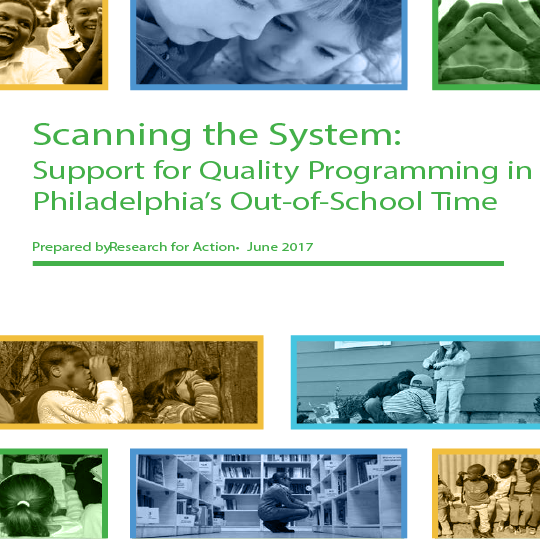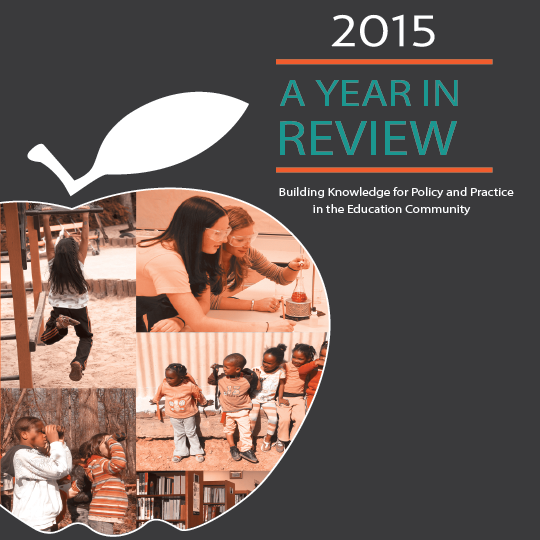Since 2003, Philadelphia Youth Network (PYN), a Philadelphia-based non-profit organization, has provided young people summer employment opportunities through the WorkReady program. In Spring 2020, as a result of the impact of COVID-19, PYN pivoted WorkReady Summer programming to include virtual (mostly synchronous) and hybrid (i.e., a mix of virtual and safe in-person) experiences to continue offering Philadelphia’s young people summer career readiness opportunities.
In June 2021, PYN engaged RFA to conduct a six-month study of the virtual and hybrid WorkReady Summer experience. Through this partnership, RFA, in collaboration with PYN and its providers and employers, has aimed to:
- document cost structures of virtual and hybrid WorkReady Summer programming in 2021;
- examine perceived differences in these cost structures compared to in-person programming;
- define high-quality virtual and hybrid summer youth employment programming; and
- identify resources needed to implement virtual and hybrid programming.
Findings from this analysis present an exploratory view of how cost structures of WorkReady Summer programming differ by programming format (virtual vs. hybrid vs. in-person). Key findings include:
- Virtual and hybrid programming share many—but not all—of the same categories of costs.
- Providers indicated that personnel time was the largest category of cost for virtual/hybrid WorkReady Summer programming, and that staffing costs for virtual components should not be underestimated.
- When compared to in-person programming, virtual programming may be similarly costly.
- Employers and providers echoed literature on promising practices when they reported that, to facilitate quality, virtual and hybrid youth employment programming should:
- cater to young people’s interests, and focus on “real world” content;
- leverage multiple modes of interaction to engage young people;
- assess and address technology needs;
- focus on relationship-building; and
- provide one-on-one supports.
Providers and employers offered other insights on high-quality virtual and hybrid programming and resources needed to implement such programing—check out the full report for more details!







